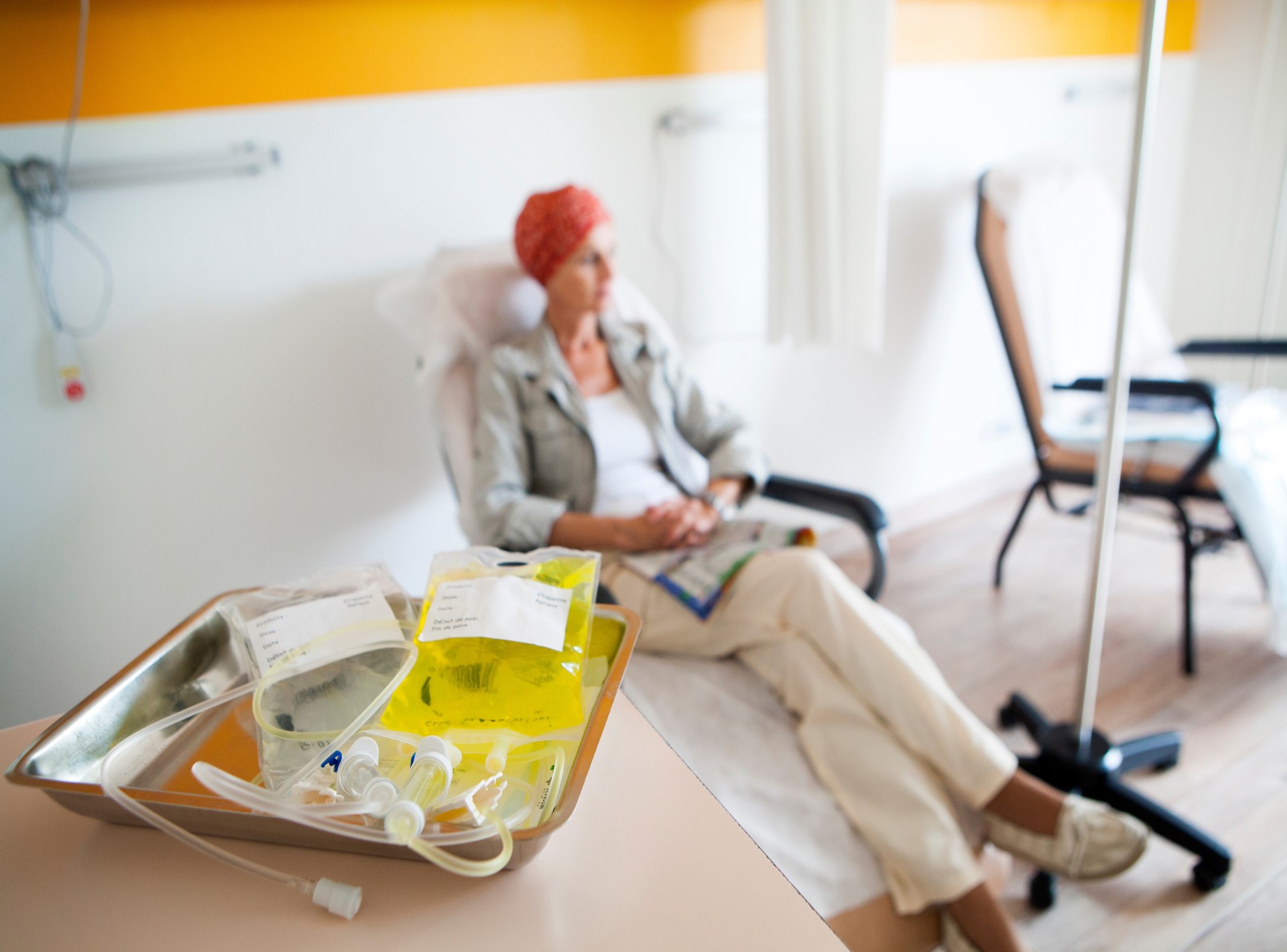Counterintuitively, a US study has found that a standard chemotherapy drug used to treat breast cancer could reawaken dormant cancer cells, causing them to grow.
The team from Emory University administered the chemotherapy drug docetaxel in mice and found that even at very low doses, some of the stromal cells were injured – while the cancerous ones were not – and according to the study, published 12 September 2023 in PLOS Biology, that treatment also induced cell-cycle re-entry, promoting the growth of dormant cancer cells, which had been deactivated by past treatments.
The catalyst for reawakening the dormant cells was shown to be the release of two key cell signalling molecules, granulocyte colony stimulating factor (G-CSF) and interleukin-6 (IL-6) by the injured stromal cells, which acted on the dormant cells to promote their growth, both in vitro and in vivo, resulting in cancer dormancy escape.
Lead author, Dr Ramya Ganesan pointed out that the finding was an important breakthrough for understanding cancer recurrence which may point to important new targets to prevent it, noting that up to 23% of breast cancer patients experienced recurrence within the first five years.
“Using a model of breast cancer dormancy, we show for the first time that taxane-based chemotherapy induces proinflammatory cytokine release by injured stromal cells and awakens dormant cancer cells potentiating aggressive immune evasion and cancer outgrowth,” he said.
“The transcriptomic profiles of 1738 and 1293 individual cells derived from vehicle and docetaxel-treated organoids, respectively, revealed that docetaxel modulated the tumour stromal landscape by altering the relative abundance and transcriptome profiles of cancer cells, fibroblasts, and endothelial cells.”
That provided the team with potential anti-cancer targets, and they showed that antibodies that neutralized either G-CSF or IL-6, or a drug that blocked the mediator of those signals within cancer cells, inhibited awakening from dormancy due to docetaxel treatment.
“We found that neutralizing antibodies against IL-6 and G-CSF starting 2 days prior to docetaxel treatment significantly inhibited chemotherapy-induced cancer cell proliferation,” Dr Ganesan said.
Chemotherapy is given to many cancer patients, as a neoadjuvant, adjuvant, or palliative therapy and docetaxel, a second-generation taxane, is given to breast cancer patients as a single agent (doses ranging from 60 to 100 mg/m2) or in combination with other chemotherapeutics such as doxorubicin and Cytoxan, in cycles.
According to the NIH, taxanes are one of the most important classes of antitumor agents and act by inhibiting microtubule dynamics, “thereby inducing the arrest in M phase and the consequent activation of the apoptotic program.”
The first member of the family was paclitaxel, developed in the 60’s, with docetaxel introduced in the mid of 90’s, a semi-synthetic taxane derived from 10-deacetylbaccatin III.
As taxanes do not directly target the genome, they have proven effective used either alone or in combination with DNA-damaging drugs to target tumours, such as advanced breast cancer, which may not respond to conventional chemotherapeutics.
“However, in addition to the known toxicities of such drugs, there is an increased appreciation of other deleterious effects of such treatments,” Dr Ganesan said.
“Some preclinical studies have shown the effects of chemotherapy in inducing dormancy, while others have focused on stress, senescence-associated secretory phenotype and chemotherapy-induced cell debris in cancer dormancy awakening, tumour growth, and metastasis.
“But to date, the mechanistic basis for the effects of chemotherapy on cancer dormancy in vivo had not been explained.”
To explore that question, the authors worked with both a cell model and a mouse model of breast cancer containing both cancerous and stromal cells.
“Using physiologically relevant concentrations of docetaxel (0.01 to 10 μm)… we observed that even at the highest concentration (10 μm) of docetaxel, cancer cell viability was unaffected, whereas concentrations as low as 1 μm reduced stromal cell viability significantly,” Dr Ganesan said.
“Chemotherapy often preferentially targets proliferating cancer cells and is given for several cycles and to investigate if cancer cells awakened from dormancy by a single dose of chemotherapy could be killed by subsequent cycles of chemotherapy, we administered chemotherapy for 3 cycles.
“We found cancer cells awakened from dormancy after 1 dose of docetaxel did not succumb to subsequent cycles of chemotherapy as evidenced by lack of response after the third cycle of treatment.”
Having noticed that stromal cells were impacted by chemotherapy while cancer cells remain intact, the team wanted to determine if stromal injury by chemotherapy and the subsequent release of secretory factors was causing cancer dormancy escape.
“To investigate this, we utilized multiplex cytokine assay to determine levels of 32 secretory cytokines, chemokines, and growth factors in the culture supernatant,” Dr Ganesen explained.
“We observed that following a single dose of chemotherapy, the luminescence intensity increased significantly over time compared to controls.
“We also confirmed this by hematoxylin and eosin (HE) staining of the mfp at the end of study, wherein a single dose of docetaxel resulted in an increase in the size of tumour lesion in the mammary tissue compared to the vehicle-treated control mice.”
The most significantly enriched genes after docetaxel treatment were known protumor genes such as Fth1, Lcn2, Cxcl5, Tubb5, Tuba1a, Tubb4b, and Hmox1, which have been implicated in chemoresistance, breast cancer tumorigenesis, invasiveness, metastatic colonization, and cancer cell survival.
“Some studies have shown that chemotherapeutics induce dormancy in highly proliferating cancer cells, while others have shown chemotherapy induces cancer proliferation and metastasis. Our study supports the latter view, and these findings have several important implications,” the authors concluded.
“First, they highlight the importance of surrounding cells, not just the cancer cells themselves, in determining the response to chemotherapy.
“Second, they provide a possible mechanistic foundation for the observation that high serum levels of IL-6 are associated with early recurrence in breast cancer patients receiving chemotherapy, potentially strengthening the utility of that biomarker in planning treatment.
“Third, they provide new targets for preventing recurrence.”


